Why is it that people assume that, if you’re on the swim team, you swim? There seems to be a basic lack of understanding when it comes to diving. The answer to the perennial question is no, we don’t all swim. Some of us dive. A primer on diving seems to be in order.
There are five main categories of dives: front, backward, inward, reverse, and twisting. Front, backward and twisting dives are self-explanatory. An inward dive is when you stand at the end of the board, facing the back of the board (not the pool) as if you are doing a back dive, and dive towards the board (or inward). A reverse is where you are facing as if you are doing a forward dive, and you dive backwards towards the board.
While diving is not an aerobic sport, it is extremely mental. Fear plays a very significant role. A common fear of mine is smacking, or hitting the water wrong, and hitting the diving board, both of which, I have done.
Diving is integrated into a standard meet by being treated as a swimming event. Diving takes place about halfway through the meet, after the 50-yard freestyle. First, second, and third place contribute points to the team. After diving is over, the meet continues with more swimming events.
Diving is judged on a 0-10 scale, zero being a failed dive and ten being a perfect score. In a regular in-season meet there are three officials who judge the dives. After watching a dive, each official presents his or her score. Those three scores are added together and then multiplied by the degree of difficulty in order to get the total score of a dive. The degree of difficulty is a number from 1.0 to 3.4, based on the difficulty of the individual dive. For each dive, there is a different score. Each diver has six dives; the total number of points for the six dives is your final score.
For girls to qualify for the DCL championship, you need a score of 130 points. For sectionals, you must receive a total of 165 points; and for states, you must receive 172 points.
Despite the fact that I am often afraid of doing some dives, I love the feeling of learning a new dive. I can’t wait to compete in states because it has been such a great year. Both girls and boys swim and dive team won DCL and state titles this year! Sectionals and states qualifying divers included senior captain Kristin Hehir, Carolyn Jones, Whitney Fletcher, Ronen Zeidel, Johannes Bremberger, and Austin Brennan.


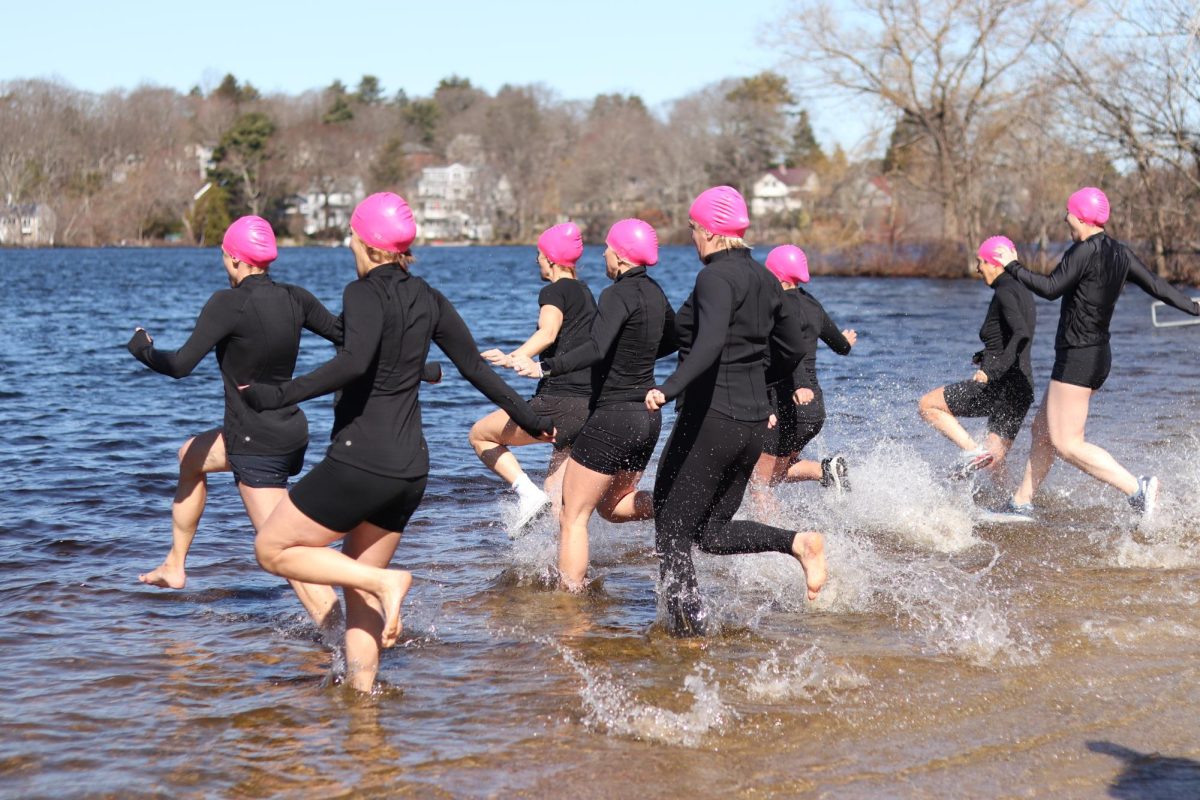








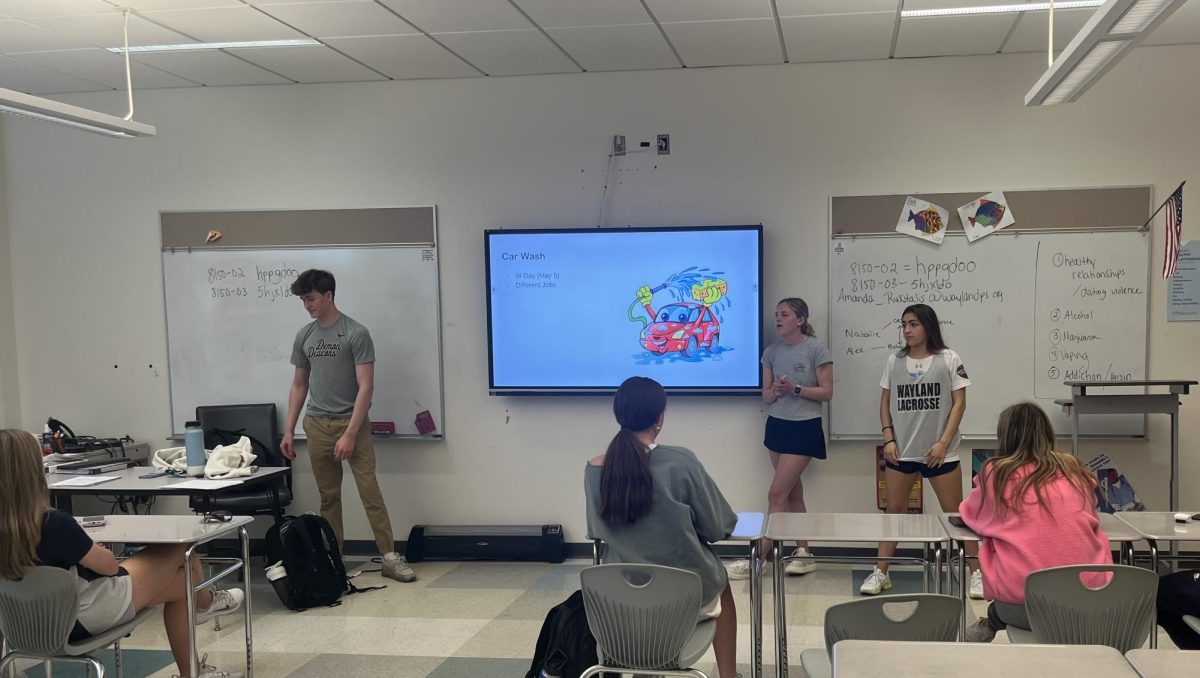




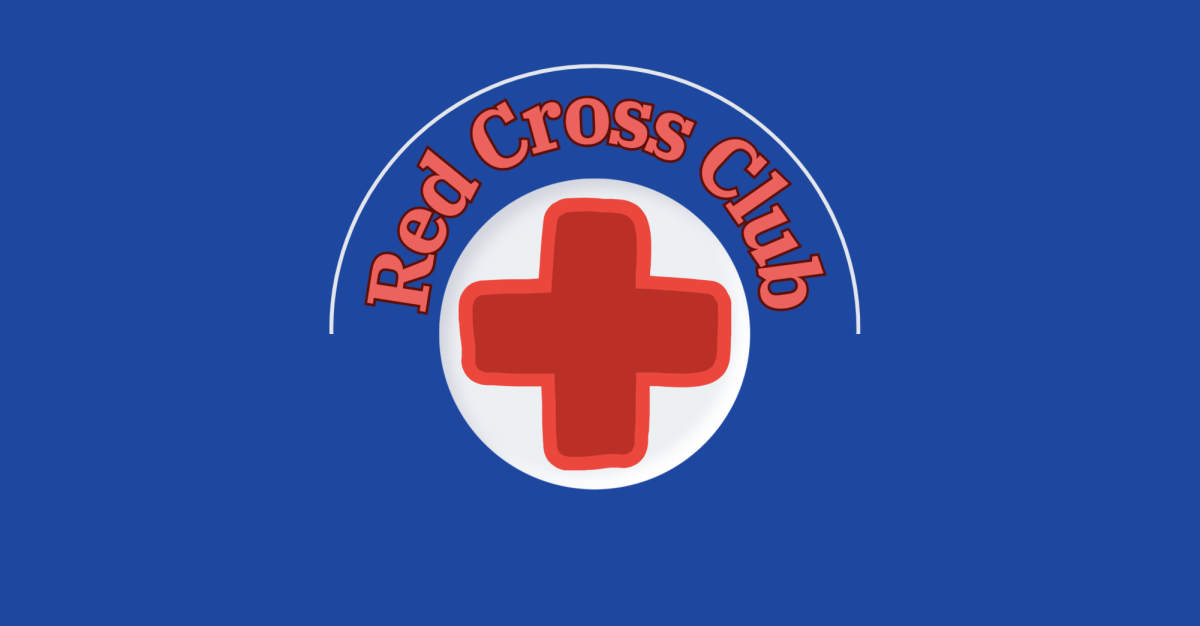

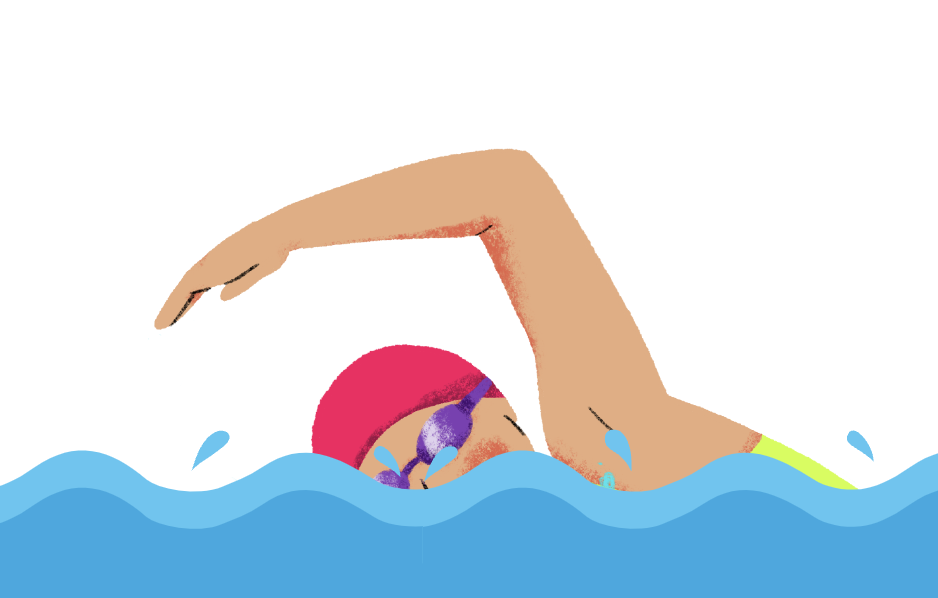



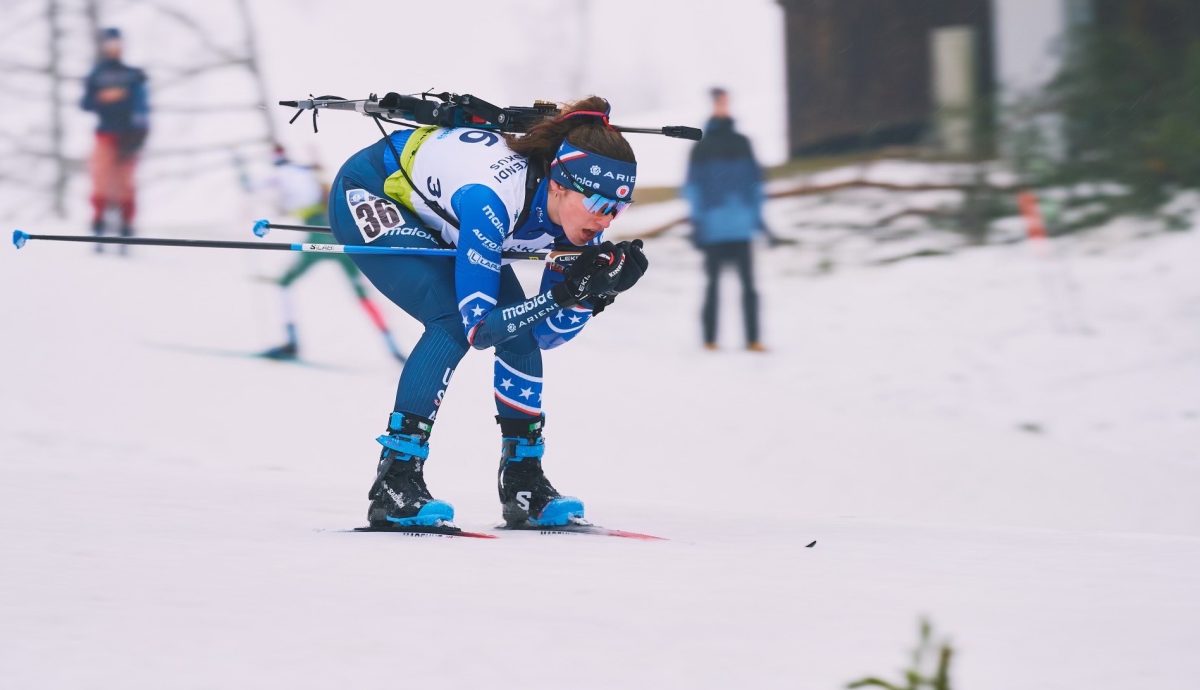

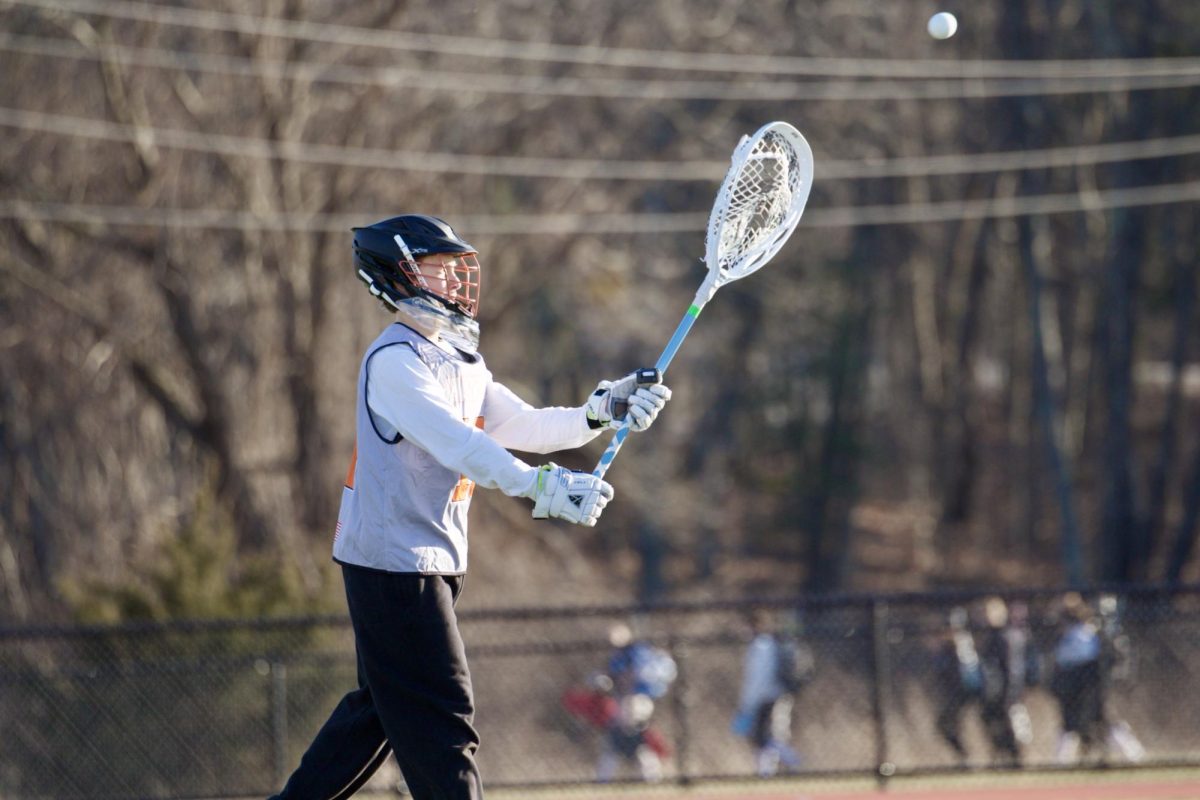

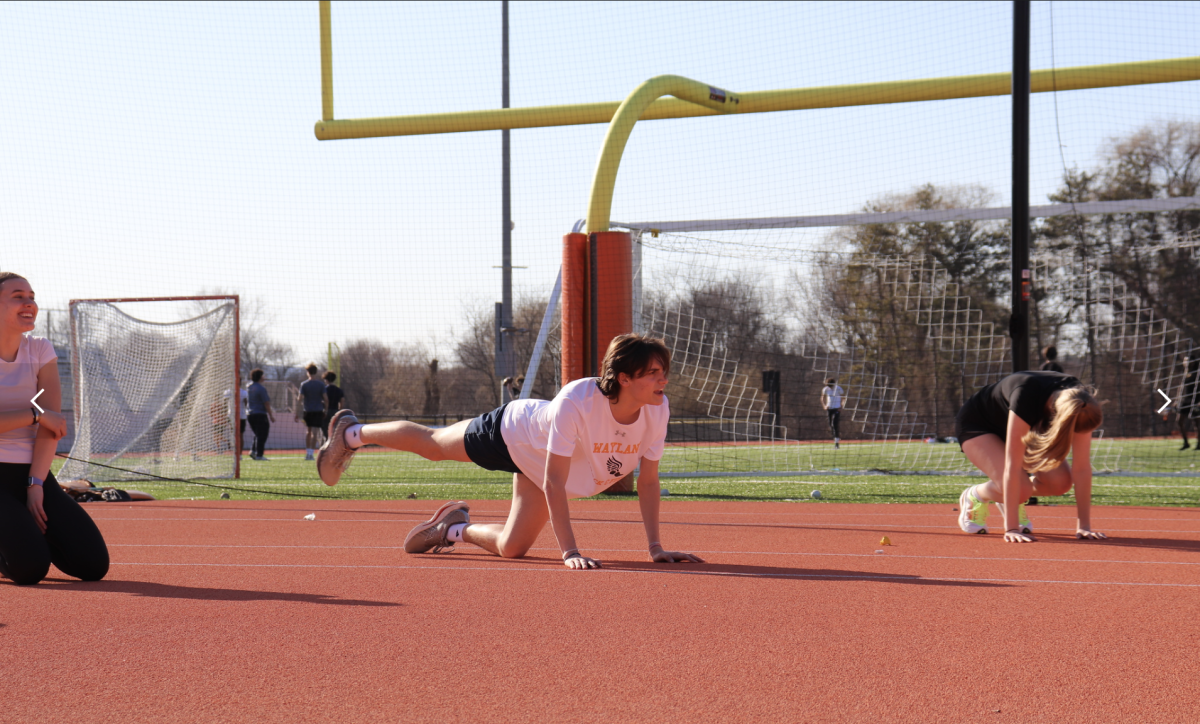

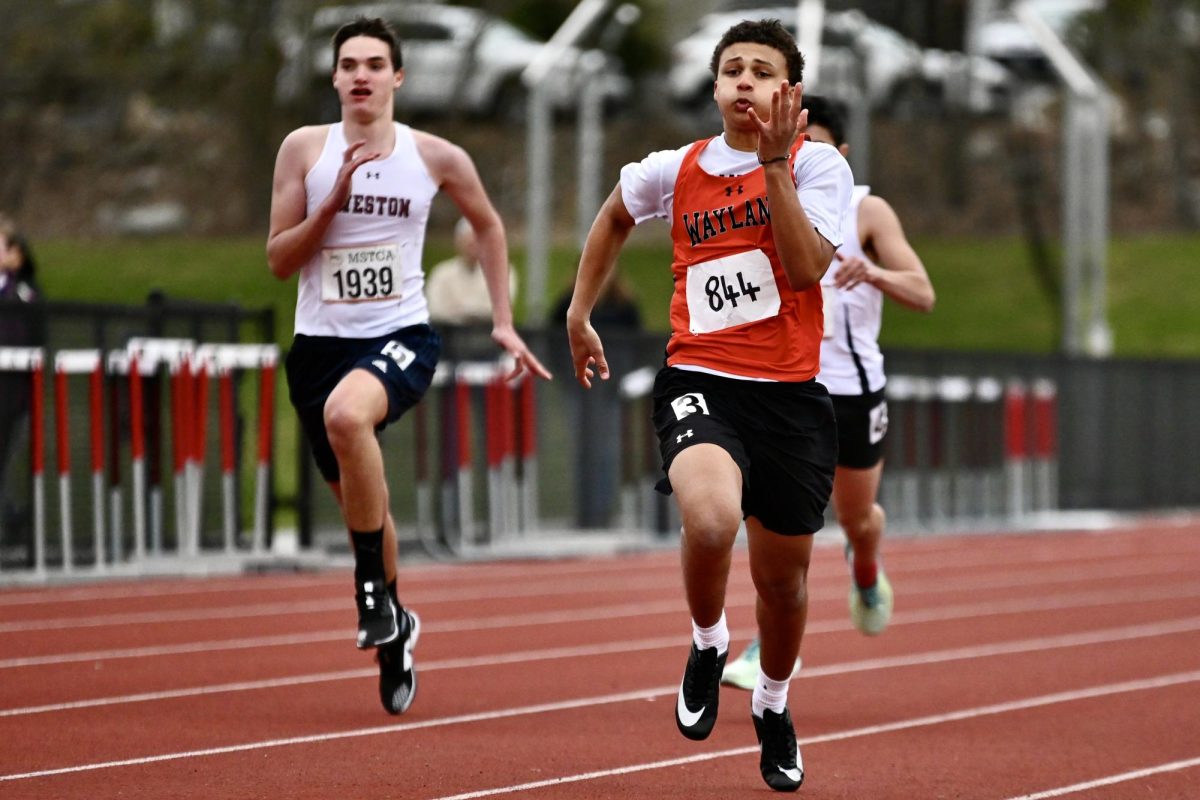
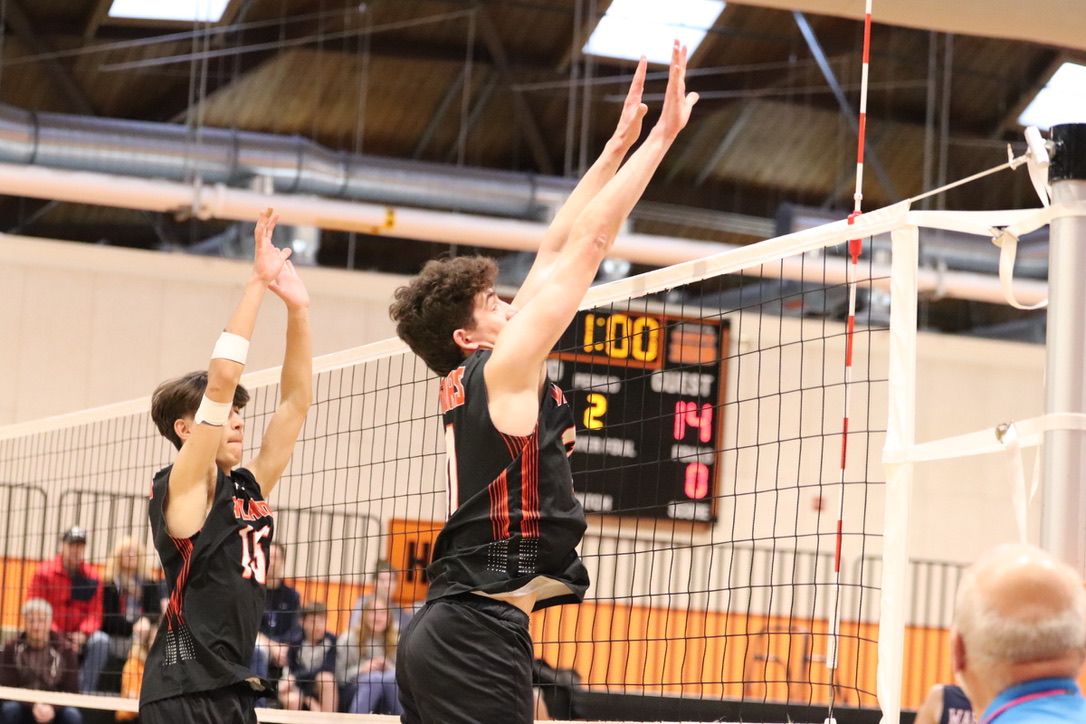
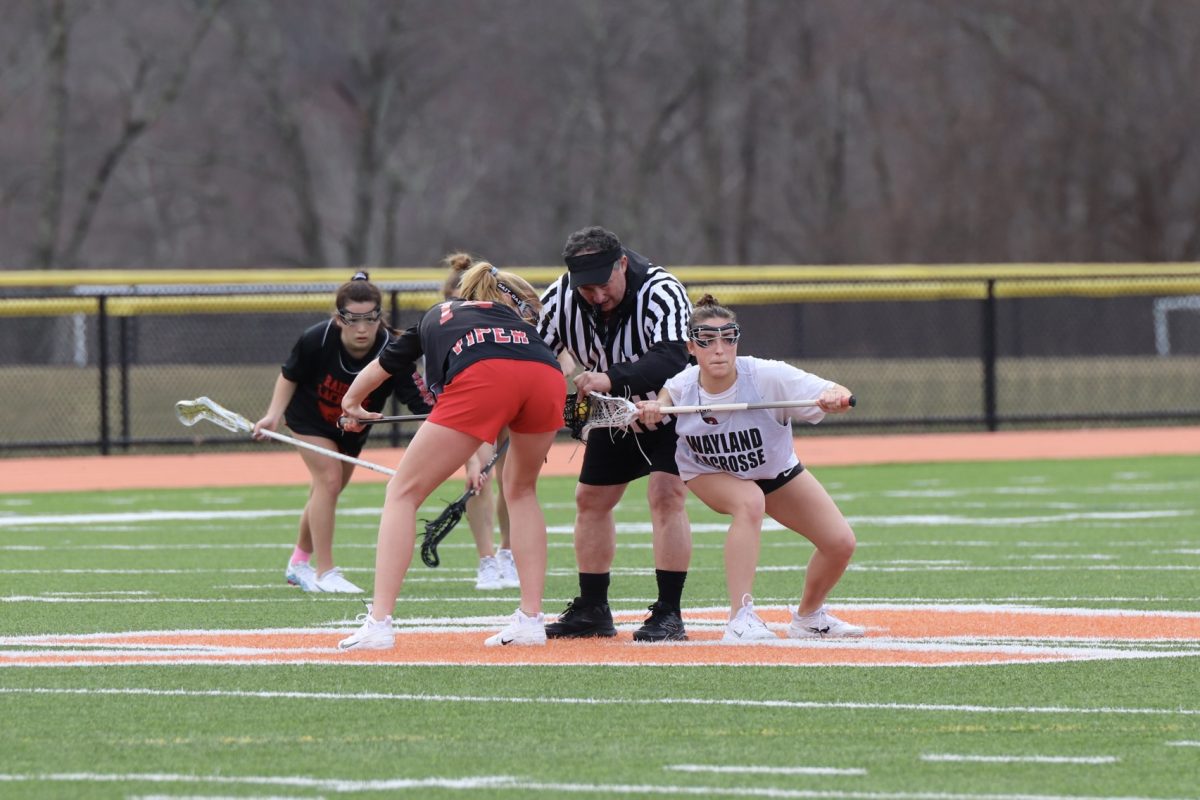
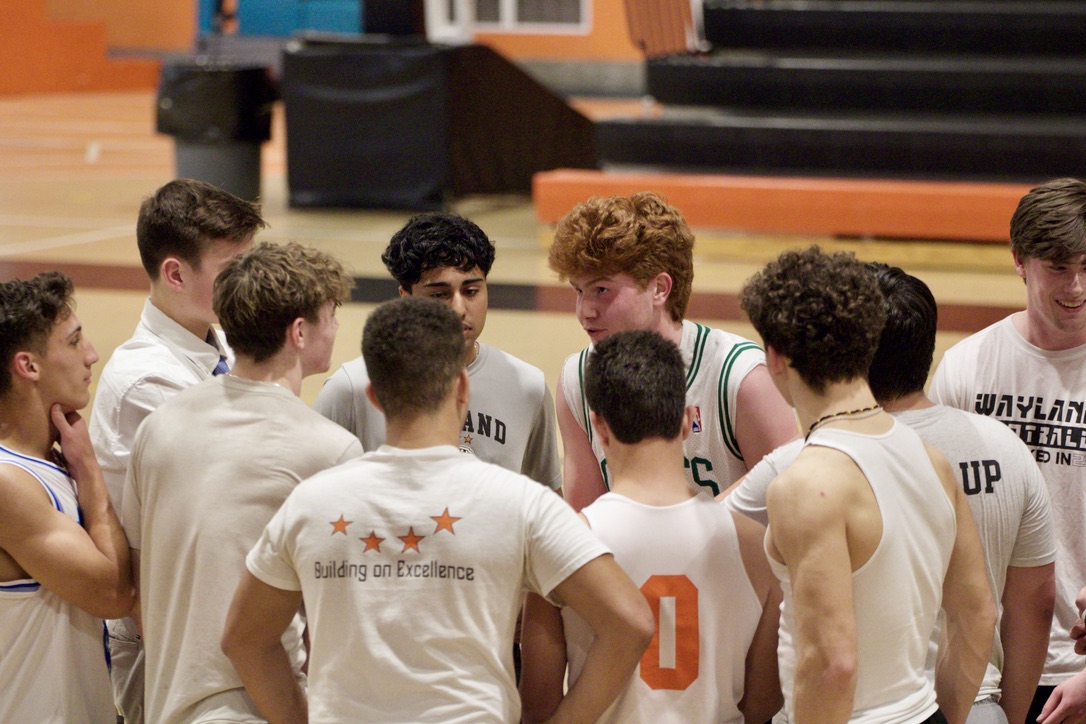
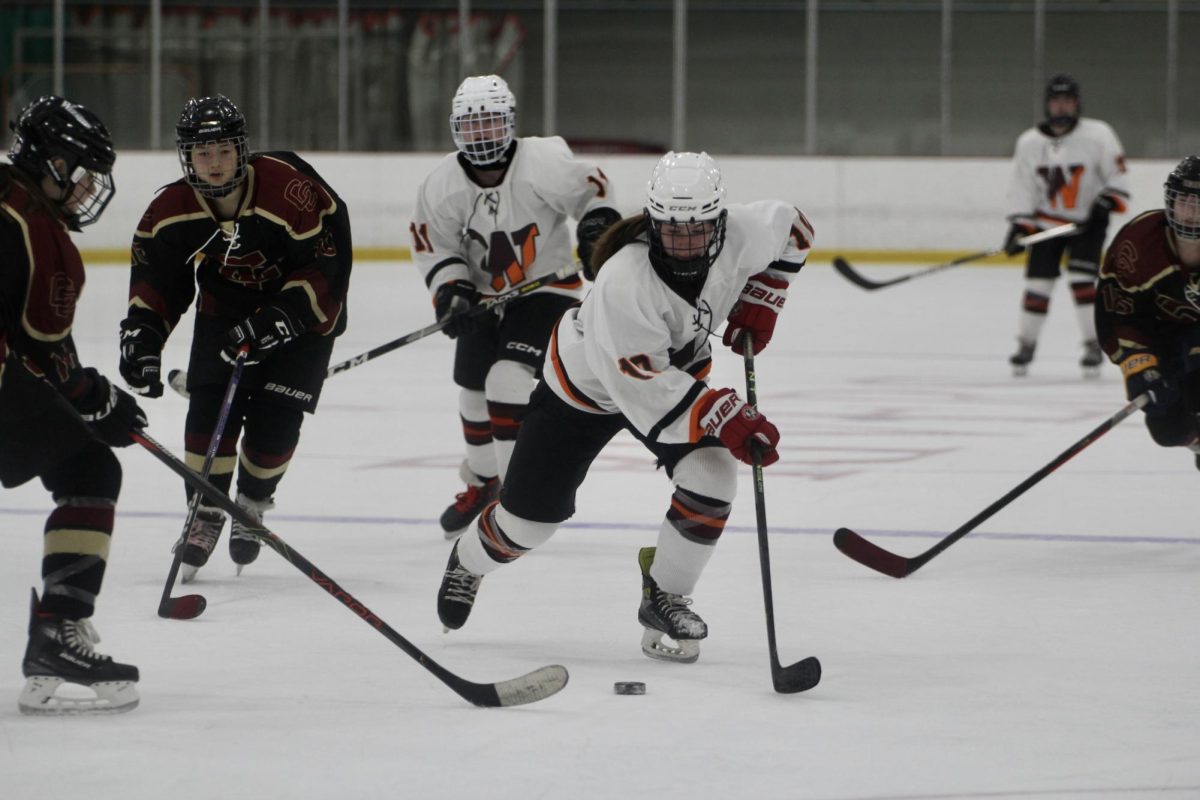



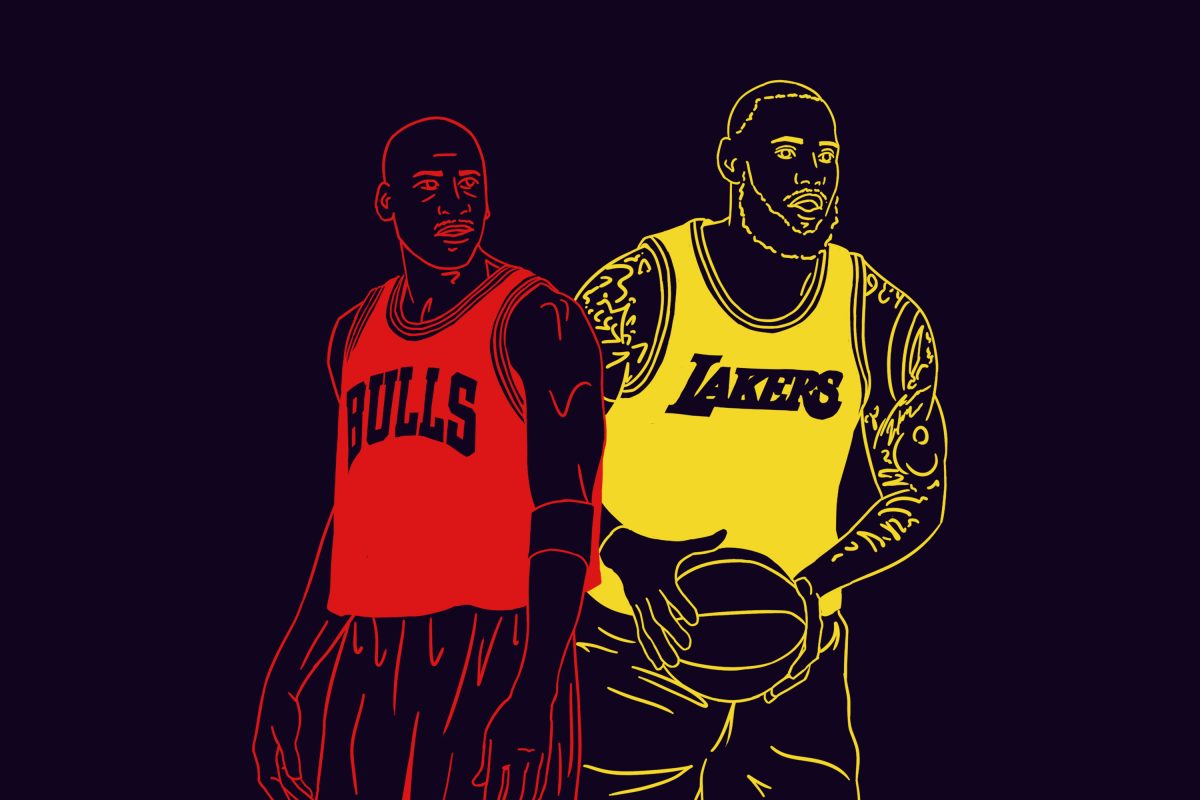










































![Seniors Garrett Batt, Tom White, Emmanuel Nzaramba and Jack Calverley work together in preparation for the Spring Fling. “We decided to host this because March is kind of a slow month [in which] there’s not really that much happening, so I just thought it would be fun to put pep back into everyone so people could look forward to something this month,” senior Delcie Peter said.](https://waylandstudentpress.com/wp-content/uploads/2024/03/Screenshot-2024-03-20-at-10.28.14-PM-1200x832.png)
